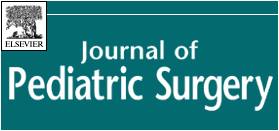Meet the Trialist: Innovating cardiac monitoring with MONITOR-HFMONITOR-HF The MONITOR-HF trial enrolled 348 participants with class III heart failure, as classified by the New York Heart Association (NYHA), across 25 centres. The participants were randomly assigned to receive standard guideline-directed medical therapy (GDMT) or GDMT plus haemodynamic monitoring using the CardioMEMS HF System. The study's primary endpoint was the change in quality […]


